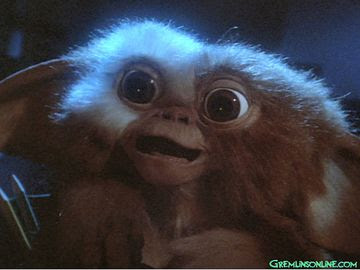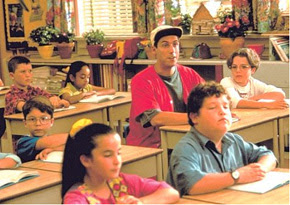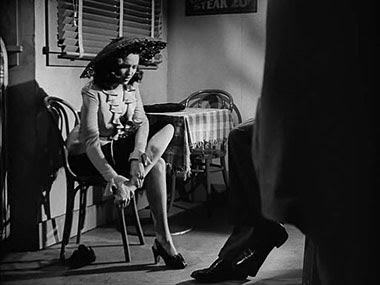1st extract: Pollyanna (1960)
The camera framing of the text consists of Long shots and Medium shots; the long shots are used to connote the difference between the period in which the text is set, 1913, and the time period in which the text was produced, 1960. In the text the medium shot focuses on the way each character reacts to each of the other characters entrance; for example when the Mayor asks Nancy "Nancy what are you staring at?" the use of the medium shot shows her reaction to the other man and the Mayor's questioning.
The text uses camera movements such as tilt and tracking; the tracking is used in the opening of the text as the children are playing and the young boy makes his way to the train station. This is foreshadowing the fact that this young boy is an important character in the text as the camera focuses purely on his actions and journey within the first 3 minutes. The tilt camera movement is used when the protagonist of the text, Pollyanna, marvels at her new home, this connotes wealth and authority as the manor house is quite grand compared to what the protagonist as been raised in.
2nd extract: Mrs Doubtfire (1993)
The text uses many different camera framings for example the long shot of when Mrs Doubtfire is dancing whilst cleaning, the medium shot of when she swears through the window and the medium shot of when the protagonist is cooking; these shots all focus on the change that the protagonist has gone throught while he/she has been his own children's nanny. It also focuses on the alternative representation of men being able to nuture their children although the irony is in this extract the children are unaware of the real identity of Mrs Doubtfire. We as the audience still see 'Mrs Doubtfire' behave as a man as well as doing all the supposedly female jobs this is also emphasised with the non-digetic sound of the Aerosmith song "Dude Looks Like a Lady".
The camera movements in the text are mainly tracking shot (the cycling, crossing the road, cooking); this would again connote the difference in the wild personality that the protagonist was in the beginning to being less insane. The tracking shot creates humour as Mrs Doubtfire still behaves like a man in the cooking scene and crossing the road scene as he appears to be a weak old lady but still behaves like the crazy man that he is.
Comparison: The difference in the time periods are shown as Mrs Doubtfire consists of more complex camera framing whereas Pollyanna uses at least two different types of shots which is due to the different technologies available during these two different eras. The camera movements of both of the texts are less complicated in Pollyanna but there is mostly use of shot/reverse shot as the point of view in the text changes, Nancy then Pollyanna. Although the camera movements in Mrs Doubtfire extract are also hardly used there is a consistent sound bridge throughout the scenes which connotes the same behaviour of the protagonist in the different scenes; however Pollyanna does not do this as the behaviour of the character is the same throughout the opening of the text.
Four Film Stills
Gremlins:
The meduim shot of Gizmo focuses on his face and the top lighting connotes the fact that he is misunderstood and is actually as innocent character. The camera angle in this still image is at eye-level with the character which connotes that Gizmo is considered to be equal with the target audience.
Gone With the Wind:
The long shot of the still image draws attention to the manor house in the setting which connotes wealth and power; and the costume that young girl is wearing connotes innocence and shows her to be importance. However the fact that the camera angle is at a slight tilt there could be a change in authority through the text.
Billy Madison:
The camera angle in this still image is from above which is from the point of view of the teacher which connotes the authority and control that the teacher has over the children and Billy. The costume of the protagonist is similar to the children around him which connotes immaturity. The medium shot of the classroom show all the children sitting and waiting for their class to start while Billy Madison focuses on the teacher being a "Jackpot", this also emphasises his immaturity.
Wild Child:
The long shot of the protagonist shows a jutxaposition between the character, a rich and spoilt American girl, and the setting, a solitary boarding school in the middle of fields and forests in England. The costume of the protagonist connotes luxury.







